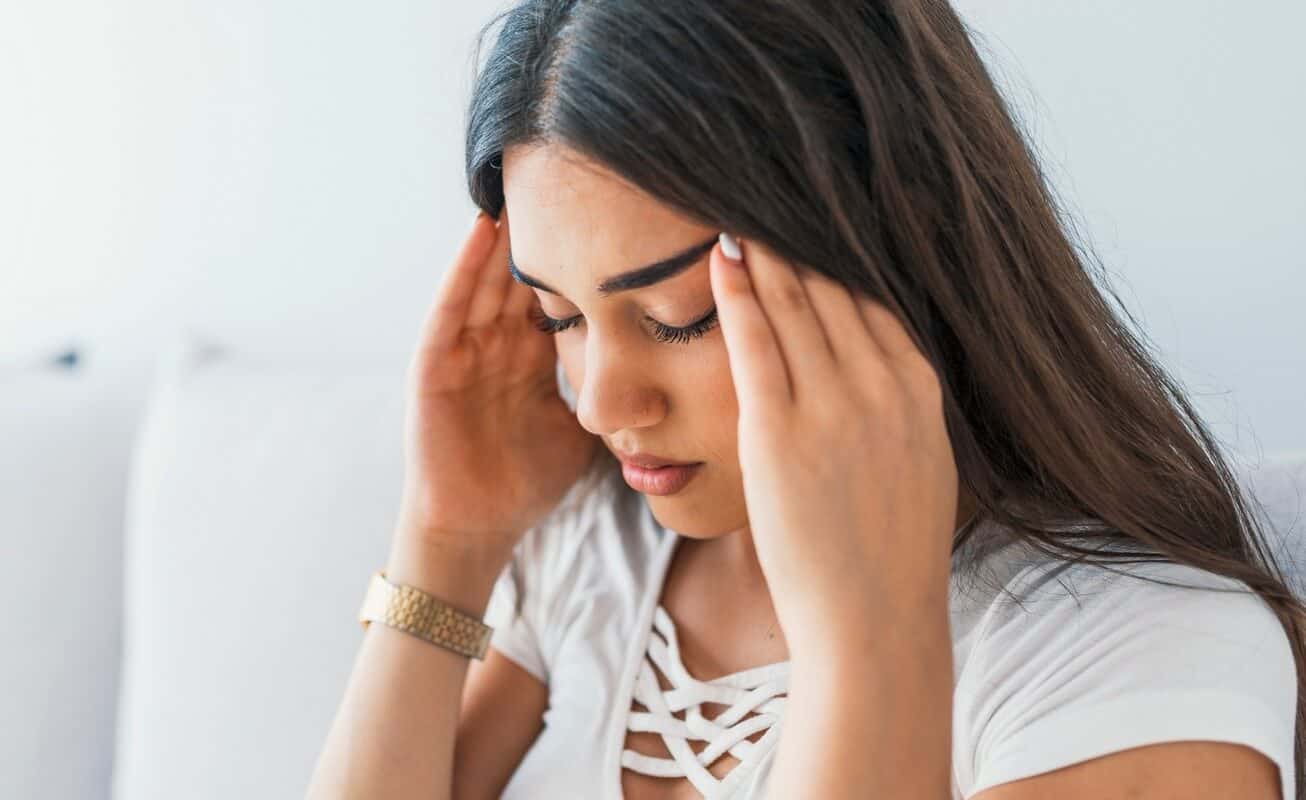The pain and symptoms that accompany migraines can be debilitating. For children and teens, it can mean missed school days, absence from social or sporting events and activities at home.
To evaluate migraine treatment in children and teens, new guidelines from the American Academy of Neurology (AAN) and the American Headache Society looked at two areas: acute treatments to stop or lessen pain and other symptoms during a migraine, and treatments to prevent or reduce how often migraine attacks occur.
“The good news is that there are effective treatments for children and teens for migraine attacks when they occur,” says guidelines lead author, Dr. Maryam Oskoui, McGill University, and an AAN fellow.
Based on the guidelines, families dealing with pediatric migraines should consider the following:
• Clinicians make a migraine diagnosis based on the intensity and duration of pain, how many attacks a person has had, and whether they’re accompanied by associated symptoms like nausea, vomiting and sensitivity to light and sound. Those with migraines should get a diagnostic evaluation that includes a careful medical history, as well as general physical and neurological examinations conducted by a neurologist or headache medicine specialist. A neurologist is a doctor with specialized training in diagnosing, treating and managing disorders of the brain and nervous system
• Triggers can vary, so families should identify and address the factors associated with their child’s migraine attacks. These can include lack of physical activity, being overweight, excessive caffeine intake, poor sleep habits and dehydration. Many of these issues can be addressed with healthy habits, like nutritious foods, regular exercise, adequate hydration and sleep.
• Ask your child’s neurologist about the risks and benefits of preventive medication and appropriate acute treatment. For example, in studies, the drug amitriptyline combined with cognitive behavioral therapy (CBT) — which employs techniques like relaxation and coping strategies — was more beneficial than amitriptyline combined with headache education in reducing migraine attack frequency and migraine-related disability. However, it’s important to note that amitriptyline may increase the risk of suicidal thoughts and behavior.
“The benefit of CBT alone or in combination with other treatments in migraine prevention warrants further study,” says Dr. Oskoui.
• Treat migraines as soon as your child or teen becomes aware of one starting. For children and teens, medications such as ibuprofen and triptans can help relieve pain during an attack. For teens, consider the combination sumatriptan/naproxen.
• Families and neurologists should carefully weigh the use of treatments not proven to be effective in children and teens. For example, while botulinum toxin is effective in preventing migraine in adults, it hasn’t shown the same effectiveness in children and teens. And while some of the newest treatments, including calcitonin gene-related peptide antibodies and other similar drugs and devices are effective for adults, the study of their pediatric use is only beginning.
To learn more about migraines, visit BrainLifeMag.org/PedMigraine, the AAN’s free patient website and magazine, and follow on Facebook, Twitter and Instagram.
Though common, pediatric migraines are painful and can be debilitating. Talking to your child’s neurologist about the latest treatments is recommended.
*****
———————————————–
———————————————–
PHOTO SOURCE: (c) dragana991 / iStock via Getty Images Plus


